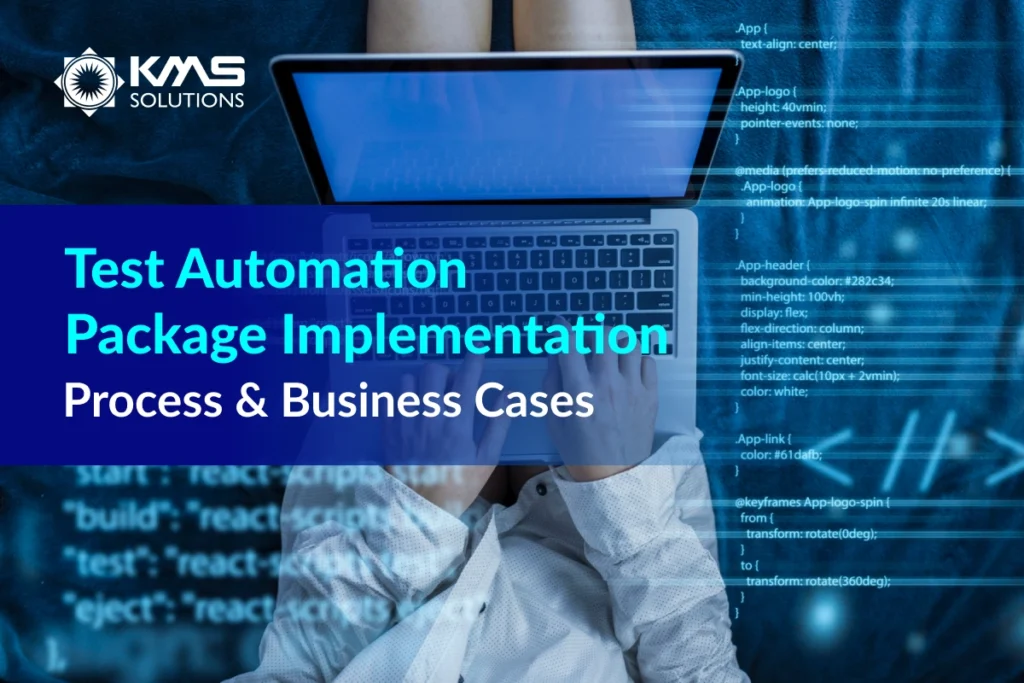What is Buy Now, Pay Later?
Buy Now, Pay Later (BNPL) is a kind of short-term financing that enables consumers to shop and pay for purchases on a future date that are often free of interest. The BNPL is mainly an e-commerce ‘during purchase’ payment option, although products such as Klarna In-store (by QR Code), Klarna Card and Laybuy have been launched in face-to-face sales points (PoS).
More and more instalment repayments are moving away from card transactions and are being set up as direct debit repayments, which will impact consumer issuing banks due to the loss of interchange revenue. Face-to-face BNPL PoS transactions are also seen as e-commerce transactions, which means that banks are being given even greater impetus to safeguard their market share.
Who is BNPL for?
Buy Now Pay Later can be seen as a solution for paycheckers who live. However, a series of consumer research from several different sources shows that it is in fact simply a great solution for the budget-conscious and more ‘credit averse’ consumers. In fact, our consumer BNPL research has shown that almost 30% of BNPL users are considerably higher than the British average annual income.
Purchases of BNPL are currently grouped into typically lower-cost goods, but there is a clear willingness to pay for costlier items with BNPL too. To date, how a consumer selects a BNPL option has been driven by the merchants they shop with. Strong partnerships with a wide variety of dealers enable Klarna, ClearPay, LayBuy, and PayPal Credit to shape the UK’s BNPL landscape and consumer credit markets.
Loyalty plays an important role in consumer behavior; but it remains to be seen whether the BNPL era drives consumer loyalty. Does the consumer get more attached and loyal to the brand after their first acquisition with the BNPL supplier or would they ‘cheat on’ for their next BNPL transaction? On the other hand, flexible payments could theoretically lower the importance of buying a shopping cart when checking out.
A changing attitude towards credit
In order to change the purchasing habits and overall perspective of traditional credit methods, the presence of BNPL suppliers is a major factor. Contrary to BNPL’s young marketing image, our research shows that, indeed the largest BNPL users are between 35 and 44 years of age (Gen Y and X demographics), followed by over 65s (Boomers) according to our research 26 which suggest that more mature demographics do not oppose the testing of new credit types.
BNPL provides consumers with a managed way to borrow and repay with the (if applicable) interest included in the reimbursement plan with a fixed-end date so that consumers can be assured that they will be reimbursed without falling into a revolutive credit repayment.
Implications for banks
Banks have been regarded as a trusted lending resource, so it would appear that customers have no idea how to pay for installments. This would also provide customers with a tool for managing their finances, avoiding the use of additional apps and new lenders in their existing safe and trusted banking area. Almost half of our BNPL users surveyed want this service from their banks or credit card providers (45 percent). In this space, banks should play a defensive role to preserve the current market share by:
-
- Looking at investing in instalments solutions
- Creating their own standalone BNPL products
- Partnership with one of the above-mentioned BNPL providers
Transparency is crucial, because it provides a peace of mind to consumers. The new entrants should feel pressured and increasingly threatened by banks and other issuing credit cards and are currently shaking the consumer credit market. The starting point for banks and other issuers of credit cards is to examine why credit is chosen by the people, how it is initiated and the preferred credit source. Banks benefit from being a trusted consumer companion when it comes to lending, and if they choose to take action now and launch a new and improved credit offering, they will certainly reap the advantages in future years with the evolution of the market.
Conclusion
Consumers are doing more than ever online shopping. You can think that the pandemic suspended the “going shopping” institution at the mall or in the local business district indefinitely. This means that merchants — who are not able to display their goods or drive foot traffic elsewhere — could have to do more to seal the deal, especially at the online point of sale.
However, when offering BNPL solutions, merchants should take certain considerations into account. Since future BNPL users may be careful not to register with an unknown provider or read many complicated fine print materials — circumstances which might lead to a potential sale — merchants must make sure that they have transparent, convenient and trusted service providers offering their funding services.
If you want to learn more about how to design a seamless experience for Buy Now Pay Later product and the larger Digital Banking endeavor, read our latest paper “Design Thinking in Digital Banking”










